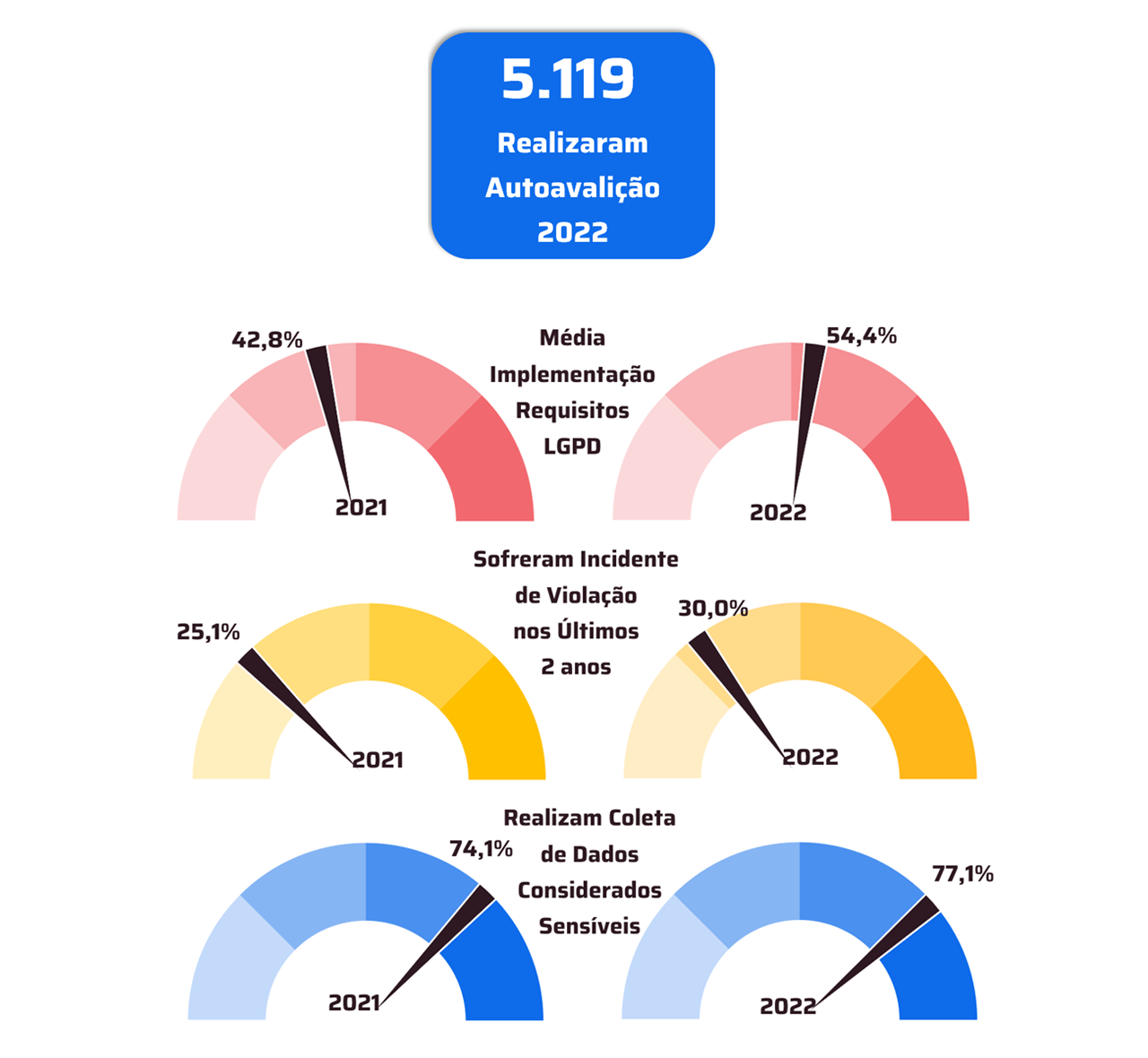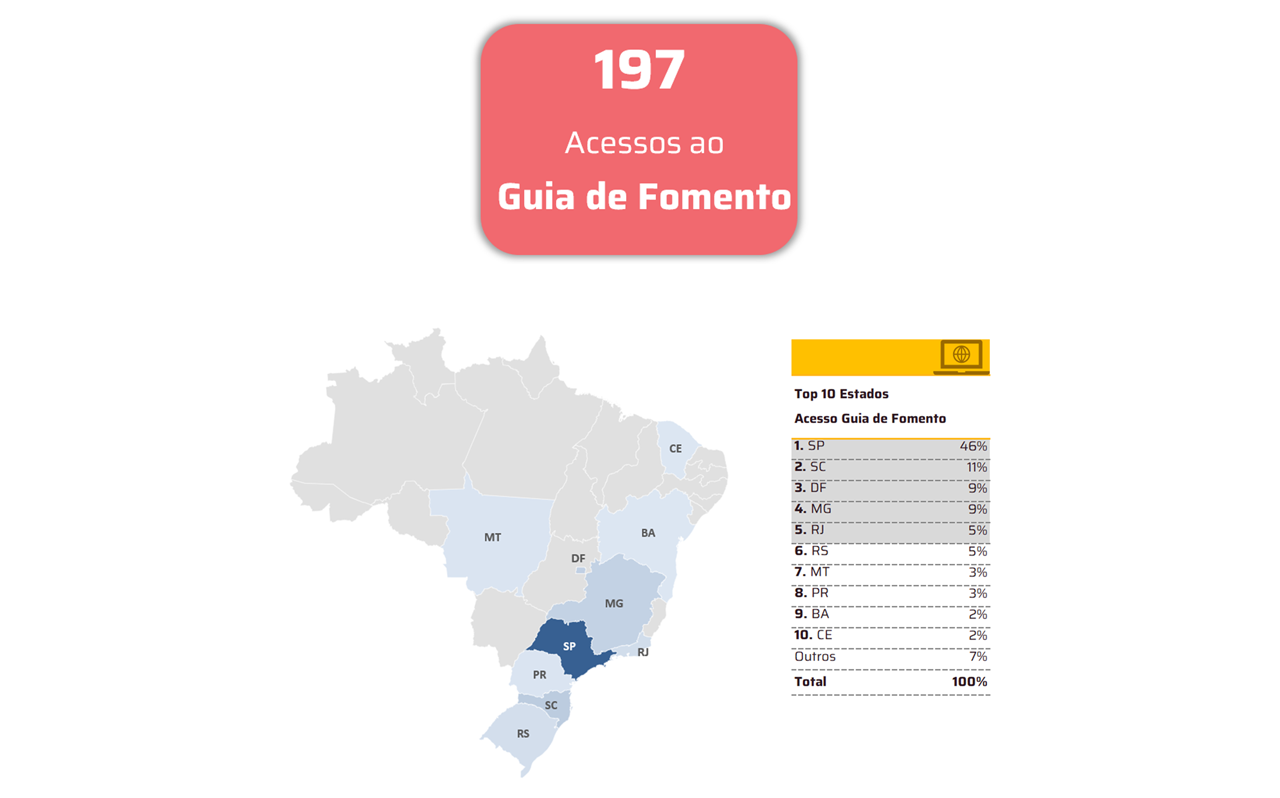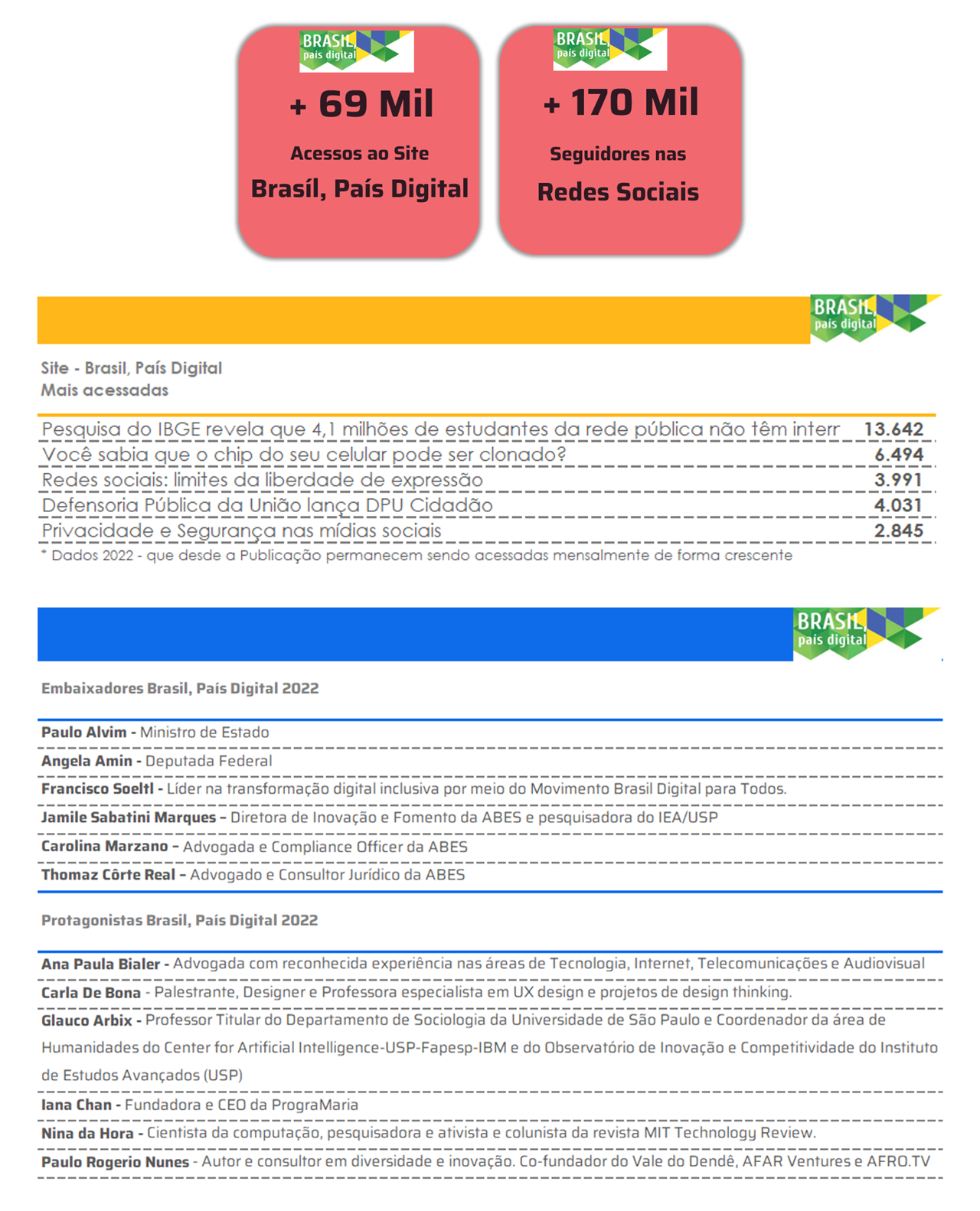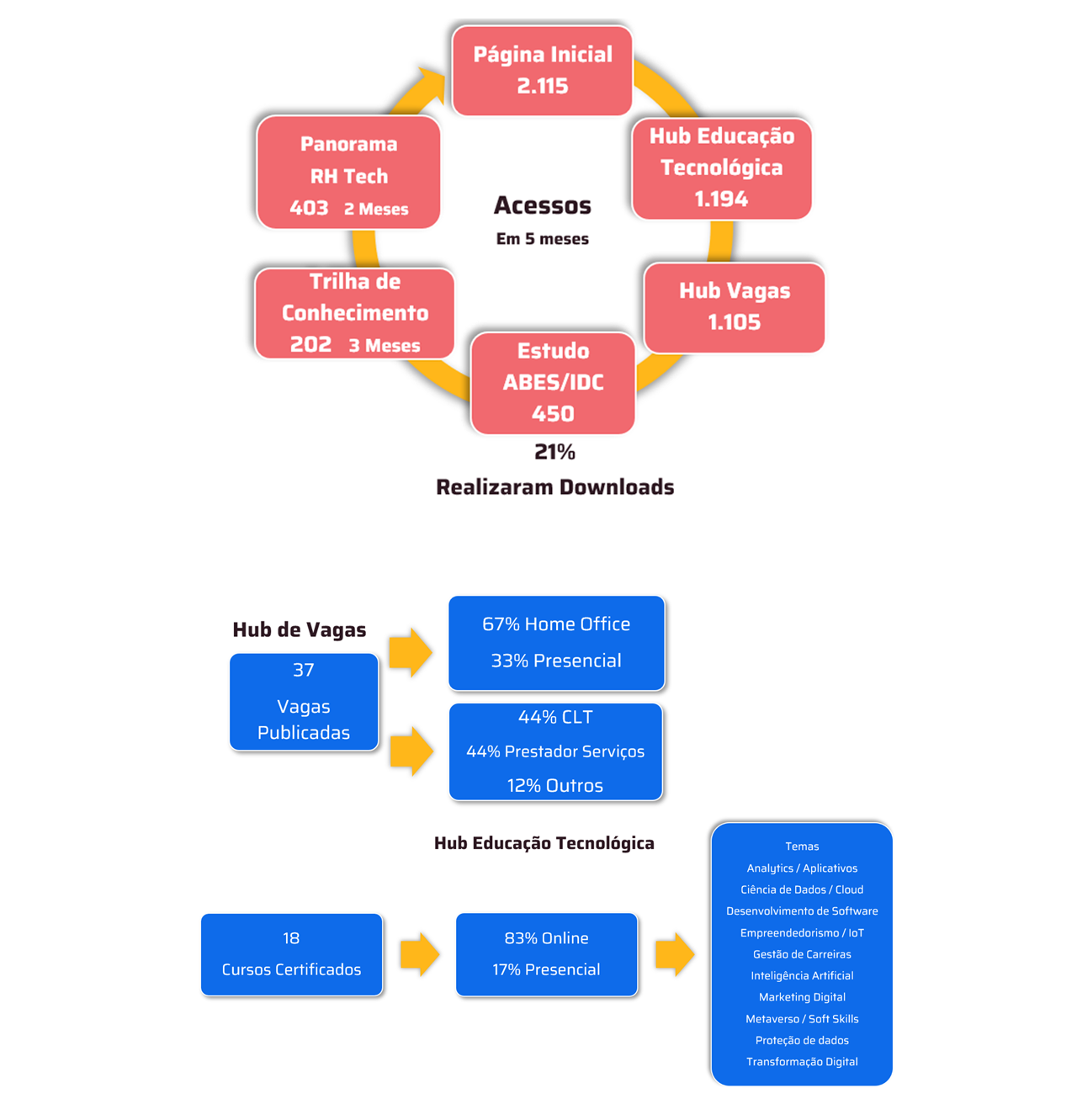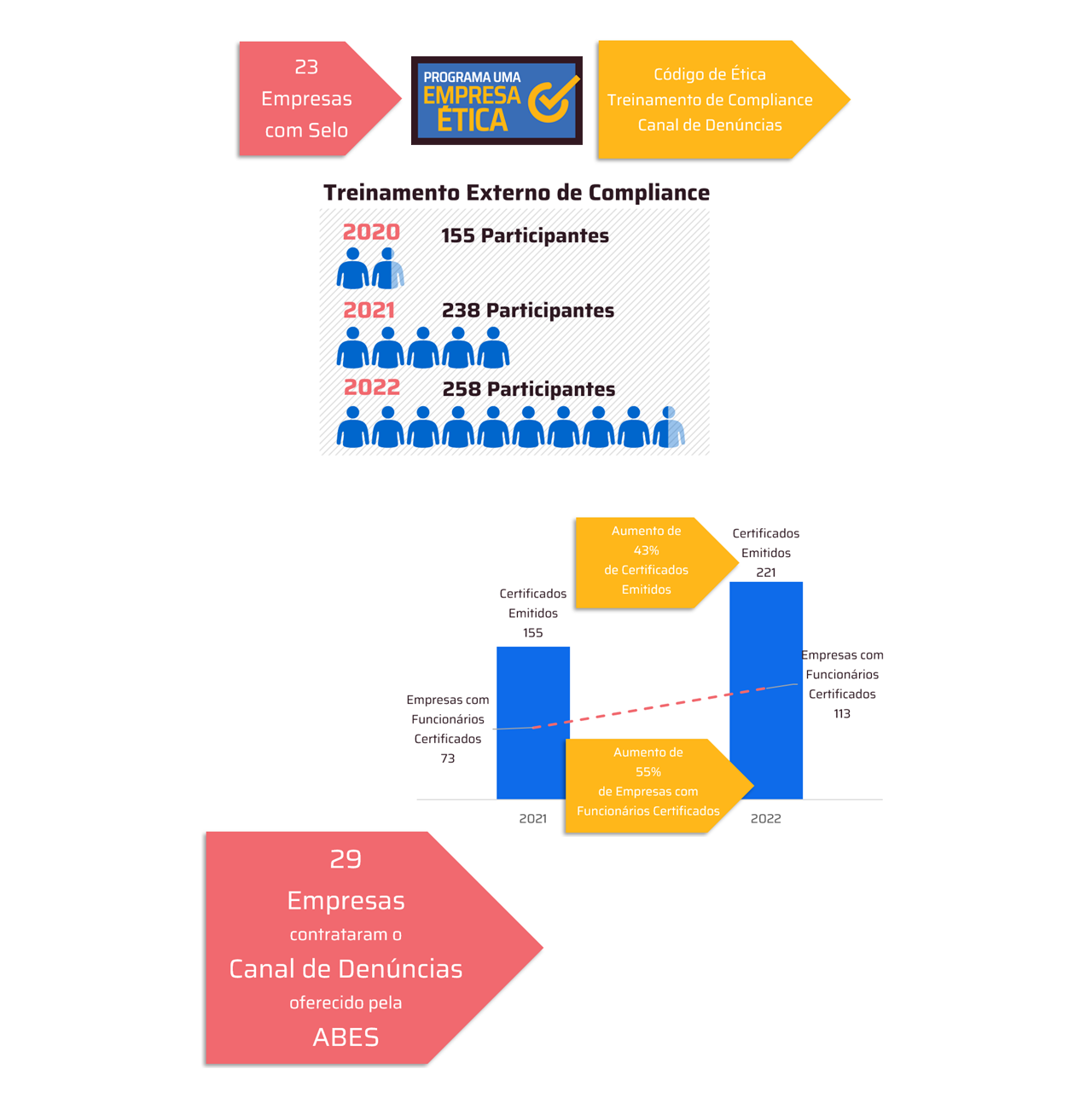
The tax reform, approved in January 2025, brought major changes to the Brazilian tax system, replacing taxes such as ICMS, ISS, IPI, PIS and Cofins with the dual VAT, composed of the Contribution on Goods and Services (CBS) and the Tax on Goods and Services (IBS). The measure aims to simplify the tax system, but it also poses challenges for companies, which need to adapt to the new rules to maximize benefits and reduce costs.
For Valmir Hammes, product manager and legislation specialist at Senior Sistemas, this change is an opportunity for companies to better organize themselves and reduce costs. “The implementation of dual VAT creates a more predictable and transparent environment. With a good tax strategy and adequate investments, it is possible to transform this transition period into a competitive advantage,” he explains.

Senior Sistemas product specialist Marlon Dognini emphasizes that planning is essential to avoid problems and take advantage of the benefits of the reform. “The new system reduces the cumulation of taxes, which can generate tax credits and reduce costs throughout the production chain. However, to maximize these gains, it is essential to reevaluate internal processes and invest in technology to ensure compliance with the new legislation,” he says.
Hammes adds: “The implementation of dual VAT is a milestone for the Brazilian tax system. If well managed, this transition can provide cost reductions and efficiency gains for companies. With planning, technology and appropriate strategies, challenges can be transformed into competitive advantages.”

Given this scenario, experts point out 10 strategies that companies can adopt to minimize impacts and reduce costs:
- Train tax and accounting staff
Training the tax team is one of the first and most important strategies. Companies must train their professionals on new tax rules, rates and specific regimes. In addition, it is essential to keep up with regulatory updates and their direct impacts on tax assessment. “It is essential to keep the tax team well informed and prepared to ensure correct and efficient tax assessment,” says Hammes.
- Follow additional regulations
Tax reform still depends on complementary laws and state/municipal decrees to be fully implemented. Companies should actively monitor the definitions of tax rates, tax benefits and transition rules. This will help companies quickly adjust to the new regulations. “Being aware of these changes is essential to ensure that the company remains compliant with the new tax requirements,” adds Dognini.
- Analyze the impact of the reform on the company
A detailed analysis of the impact of tax reform on the company's future tax burden is essential. Companies should assess and compare current and future taxation, considering CBS and IBS rates. Identifying how these changes affect the taxation of products and services is essential for assertive tax planning and to avoid surprises in cash flow.
- Review tax benefits and special regimes
Although the reform brings new challenges, some sectors still maintain specific tax benefits. Companies involved in innovation, exports and sustainability should be aware of these incentives. It is important to identify and apply the available incentives to reduce the tax burden, in addition to monitoring possible changes in complementary laws. “Applying tax incentives can be an effective way to reduce costs, especially for sectors that continue to benefit from the reform,” explains Dognini.
- Review pricing structure and contracts
Tax reform may directly impact price margins and contract formation. Companies should evaluate long-term contracts and ensure that adjustment clauses are included, considering the new taxation. In addition, adjustments to pricing policy may be necessary to reflect the elimination of cumulative taxes and the implementation of new IBS and CBS credits.
- Map and adjust tax and accounting processes
The reform will require a review of the tax classification of products and services to ensure that taxes are correctly calculated. Companies need to adapt their internal controls to the new IBS/CBS credit and debit system, maintaining efficient accounting processes in compliance with the new tax legislation.
- Update or adapt ERP and management systems
To ensure that the company is aligned with the new legislation, management systems (ERPs) need to be adapted to deal with the new tax structure, which includes financial credits and debits on the added value. “It is crucial to ensure that management systems are prepared to process the new tax rules efficiently,” says Hammes. In addition, compatibility with centralized calculation and the split payment model must be verified to ensure correct tax management.
- Perform tax and financial simulations
Using tax simulation tools is essential to compare the impacts of the reform before and after its implementation. These simulations help project the impacts on cash flow and financial planning, allowing companies to adjust in advance and make more informed decisions about the future tax burden.
- Review the company's operational structure
With the implementation of the new tax model, companies with multiple branches must reevaluate the physical location of their operations, considering that taxes will no longer be decisive for purchases, but rather factors such as delivery time and logistics costs. It may also be necessary to review the corporate organization to optimize the tax burden, ensuring greater tax efficiency.
- Adopting technology for tax compliance
Investing in tax intelligence and automation solutions for tax calculation is essential. Companies must ensure the integration of their tax management tools with regulatory bodies, ensuring tax compliance and the correct execution of tax obligations.
These strategies will help companies not only adapt to tax reform, but also seize the opportunities created by the changes. By planning, investing in technology, and executing these strategies, companies can reduce costs, increase operational efficiency, and gain competitive advantages in the new tax landscape.
About Senior
Senior Sistemas is the choice of market-leading companies seeking innovation and high-performance management. The multinational offers a complete portfolio that covers all stages of the production chain in strategic sectors of the economy, such as Agribusiness, Wholesale and Distribution, Construction, Industry and Logistics. With over 35 years of excellence, Senior has transformed the management of over 13,000 medium and large-sized economic groups in Brazil. With 11 branches and three thousand employees in Brazil and abroad, Senior maintains 160 distribution channels and has grown over 20% per year in net revenue for five consecutive years. Senior believes that, with its deep expertise and technological solutions, it has the opportunity to drive companies towards greater operational efficiency, revenue expansion and leadership in their segments. Therefore, it delivers more than technology. For more information, visit www.senior.com.br.





